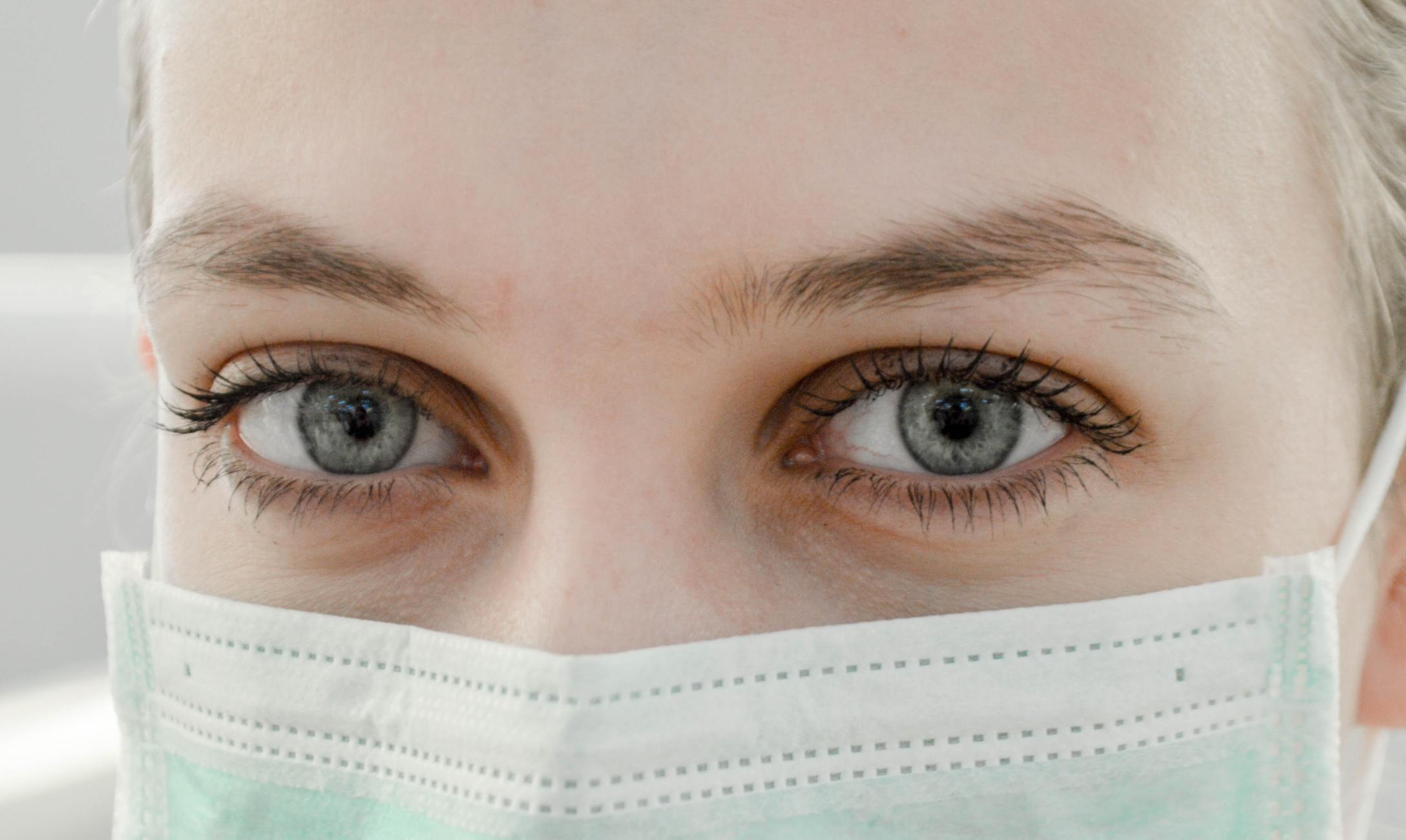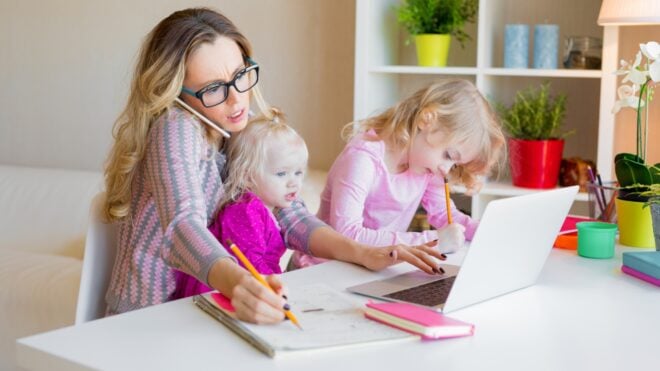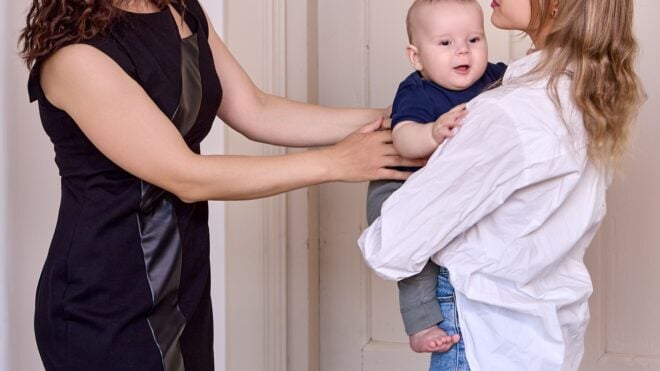
It started a week ago, when my 3-year-old son came down with a slight fever and a cough. Panicking, I called the pediatrician’s office and they asked me to bring him in ASAP.
I expected us to be cordoned off in a separate room when we arrived, but it was like any other visit — we sat in the general waiting area with a few other families. They hesitantly gave my son a mask, which he refused to keep on his face.
In the doctor’s office, they checked his vitals. All good. The doctor commented, wryly, “Everyone’s freaking out about this coronavirus thing, but your son doesn’t meet the testing criteria at this time.”
To meet the criteria, he’d need:
-A fever above 101.4,
AND
-To have come into direct contact with someone who had tested positive with COVID-19.
So, we got sent home with instructions to return if things got worse
My son felt better the next day, but I came down with a sore throat, sneezing, and a stuffy nose. No fever, no cough.
Some websites will tell you that coronavirus doesn’t cause nose congestion. But many people have tested positive after experiencing congestion, sneezing, and a wet cough instead of a dry one. We don’t really know enough about this virus yet to definitively say what symptoms it does and does not always cause.
I felt better by Wednesday. Almost completely well, in fact. By Thursday, I felt excellent. Only a slight stuffy nose remained.
But on Thursday night, I awoke with a slight cough and pain deep in my chest.
Also, I couldn’t breathe
Since I have a history of panic attacks, I hoped that my shortness of breath was due to coronavirus-related stress, grief, and anxiety.
Still, I couldn’t deny the pain deep in my chest. The tightening.
So, I went in to the urgent care associated with my doctor’s office. They had a whole "COVID Box" set up for drive-through testing, but no cars were there when I drove by.
Since I didn’t have a fever, I was allowed to go into the waiting room with other patients. The nurse quickly called me back.
She took my vitals. They were fine. A portly old doctor with an amused gleam in his eye walked into the room. He listened to my lungs.
“You sound fine,” he said. “Lungs clear as a bell.”
“So that’s it? No lung X-ray? No COVID test?”
“We can do an X-ray if you want. You don’t meet the criteria for the COVID test.”
'I want an X-ray,' I said
It hurt to breathe deeply. It hurt to swallow. I wanted to know if I had pneumonia or something less serious, like bronchitis.
The X-ray tech in the adjacent building was worse than the doctor.
“Hi, sweetie,” he said. “Stand right there, snug up against the machine. Are you wearing an underwire bra, sweetie?”
I wasn’t. I lifted my arms and he took two X-rays.
Then I walked back to urgent care and waited in an exam room for 45 minutes. The doctor and nurse laughed and cracked jokes. They discussed a patient who’d recently come in with shortness of breath, been tested for COVID, and been sent to the ER in her own car.
Finally I walked out of the room. The doctor and nurse were sitting at the desk, still chatting.
“Have my X-ray results come in yet?” I said.
“They just popped up,” the doctor said. “Not even the beginnings of pneumonia. Come back if you have a fever.”
Relieved, I left
But I awoke the next day burning with fever and shaking with chills. My skull ached. I could barely get out of bed to use the bathroom.
At 4 that afternoon, I called the “COVID Box” and they told me to come get checked out.
A healthcare worker with full-on PPE swabbed my nose for flu (uncomfortable, but better than a strep throat swab). It came back negative.
Then the doctor came out into the soggy parking lot. “Your pulse ox is good, and you’re breathing fine right now. You have no underlying conditions. It could be very likely that you have the virus, but we can’t do the rapid test because you don’t meet the criteria.”
I slumped against the headrest. I understood the need to save the tests for the most at-risk. I just wish we had more tests — bazillions more.
“We can give you the commercial test,” he said. “You’ll know your results in two weeks.”
I had just read a story about a relatively young woman who’d died at home before her coronavirus results came back. I said, “Let’s do it. It’s better to know than not at all.”
“This test is even more invasive than the flu one,” the worker said. She stuck a swab deep into my nose. I grunted with discomfort. “We’ll give you a call in two weeks!” she said. “Go to the ER if you can’t breathe.”
I drove home, got in bed by 7, and slept until 5 the next morning.
My husband bought a pulse oximeter at Target, and that’s what I now use to make sure I can breathe. As long as it reads between 96% and 99% and my breathing feels comfortable, I will know that I’m OK.
In the meantime, I wait for my results
I can’t believe it will take two weeks to get them. Hopefully, by then I’ll be well.
Here’s the biggest thing I’ve learned: It’s really freaking hard to get tested for COVID-19. We need to up our testing game and quickly. More tests and faster results. It’s not impossible — just look at Australia, South Korea, and Singapore.
If we can determine who has COVID-19 and call everyone they’ve been in contact with and direct them to self-isolate for two weeks, couldn’t we slow this down faster? In some states, it’s too late for that. In others, there’s still time.
Yes, having everyone stay home makes sense. It’s also like tackling an enemy in a brambly forest at midnight. Testing shines a light and clears a path, and the criteria needs to get a lot less complicated.
(And don’t even get me started on the infuriating way that asymptomatic celebrities and sports players getting tested, as quick as they please.)
Point blank? In the United States, it shouldn’t be this difficult to get tested for a pandemic that has shut down normal life in most countries around the globe.
We need to be able to get tested at the first sign of symptoms, if not before. We need quick results. We need to be able to get tested more than once, if necessary. All of our lives depend on it.




